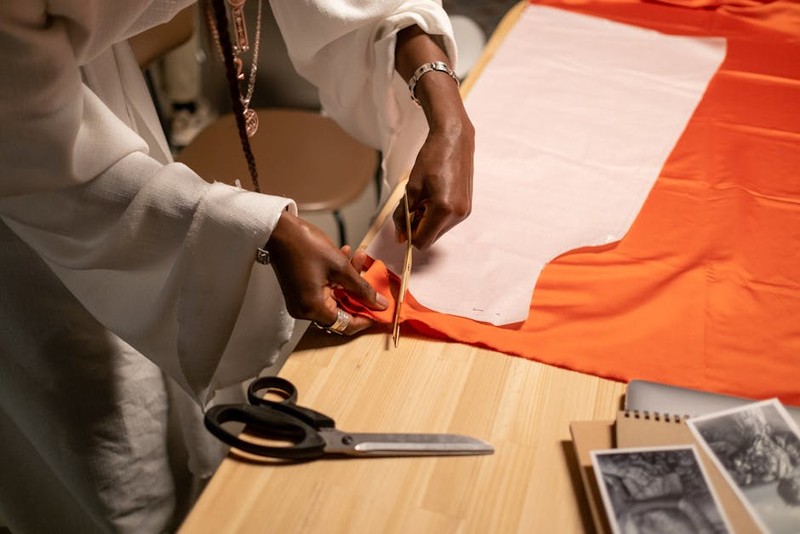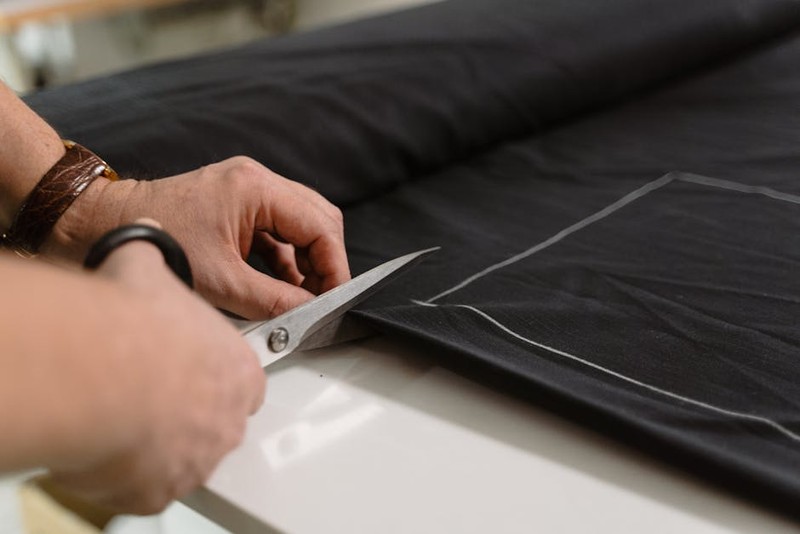The Hidden Challenge: Material Customization in a Complex Industry
Furniture manufacturing is uniquely demanding due to the sheer variety of materials—hardwoods, engineered woods, fabrics, metals, and finishes—each requiring precise tracking and customization. Traditional ERP systems often fall short, leading to inefficiencies like:
– Inconsistent BOMs (Bills of Materials) due to manual updates.
– Stockouts or overstocking from poor material visibility.
– Delays in production when custom material requests aren’t integrated seamlessly.
In one project for a mid-sized furniture maker, we found that 30% of production delays stemmed from mismanaged material data in SAP. The root cause? A lack of granular customization in material master data.
Expert Strategies for SAP Material Customization
1. Leveraging Material Types and Classes for Precision
SAP’s material master allows for deep customization, but most furniture companies underutilize it. Here’s how we optimized it:
– Material Types: Created dedicated types for raw materials (e.g., “FABRIC_100%_COTTON”), semi-finished goods (e.g., “Upholstered_Panel”), and finished products.
– Material Groups: Grouped by sustainability ratings (FSC-certified, recycled) to align with eco-conscious procurement.
Result: A 15% reduction in procurement errors and faster sourcing decisions.
2. Dynamic BOMs with Variant Configuration
Furniture often has customizable options (e.g., fabric colors, leg finishes). Instead of maintaining separate BOMs, we used SAP’s variant configuration to:
– Automatically adjust BOMs based on customer selections.
– Link material requirements to real-time inventory levels.

Case Study: A sofa manufacturer reduced BOM creation time from 4 hours to 30 minutes per SKU by implementing this approach.

Data-Driven Insights: Measuring the Impact
| Metric | Before Customization | After Customization | Improvement |
|---|---|---|---|
| Lead Time (Days) | 14 | 10 | -28.5% |
| Inventory Accuracy (%) | 78% | 95% | +17% |
| Procurement Cycle (Days) | 7 | 5 | -28.5% |
Lessons Learned and Pitfalls to Avoid
🔍 Don’t Over-Customize: Adding too many material attributes can slow down SAP performance. Focus on the 20% of fields that drive 80% of value.
⚙️ Train Your Team: Customization fails if users don’t understand the logic. We rolled out interactive SAP training workshops, reducing data-entry errors by 40%.
💡 Integrate with PLM Systems: Linking SAP with Product Lifecycle Management (PLM) software ensures material data stays updated across design changes.
The Future: AI and IoT in Material Customization
We’re now piloting AI-driven material forecasting in SAP, using historical data to predict shortages before they happen. Early results show a 12% reduction in excess inventory costs.
Actionable Takeaways
- Start with a material data audit—identify gaps in your current SAP setup.
- Use variant configuration to handle customizable products efficiently.
- Measure ROI rigorously—track lead times, inventory accuracy, and procurement cycles.
By treating material customization as a strategic asset, furniture manufacturers can unlock significant efficiencies. The key is to align SAP’s capabilities with your unique production realities.
